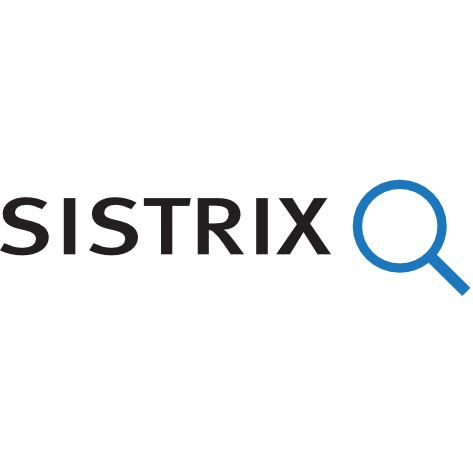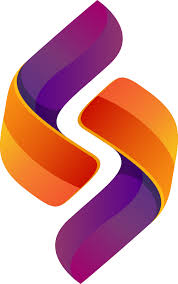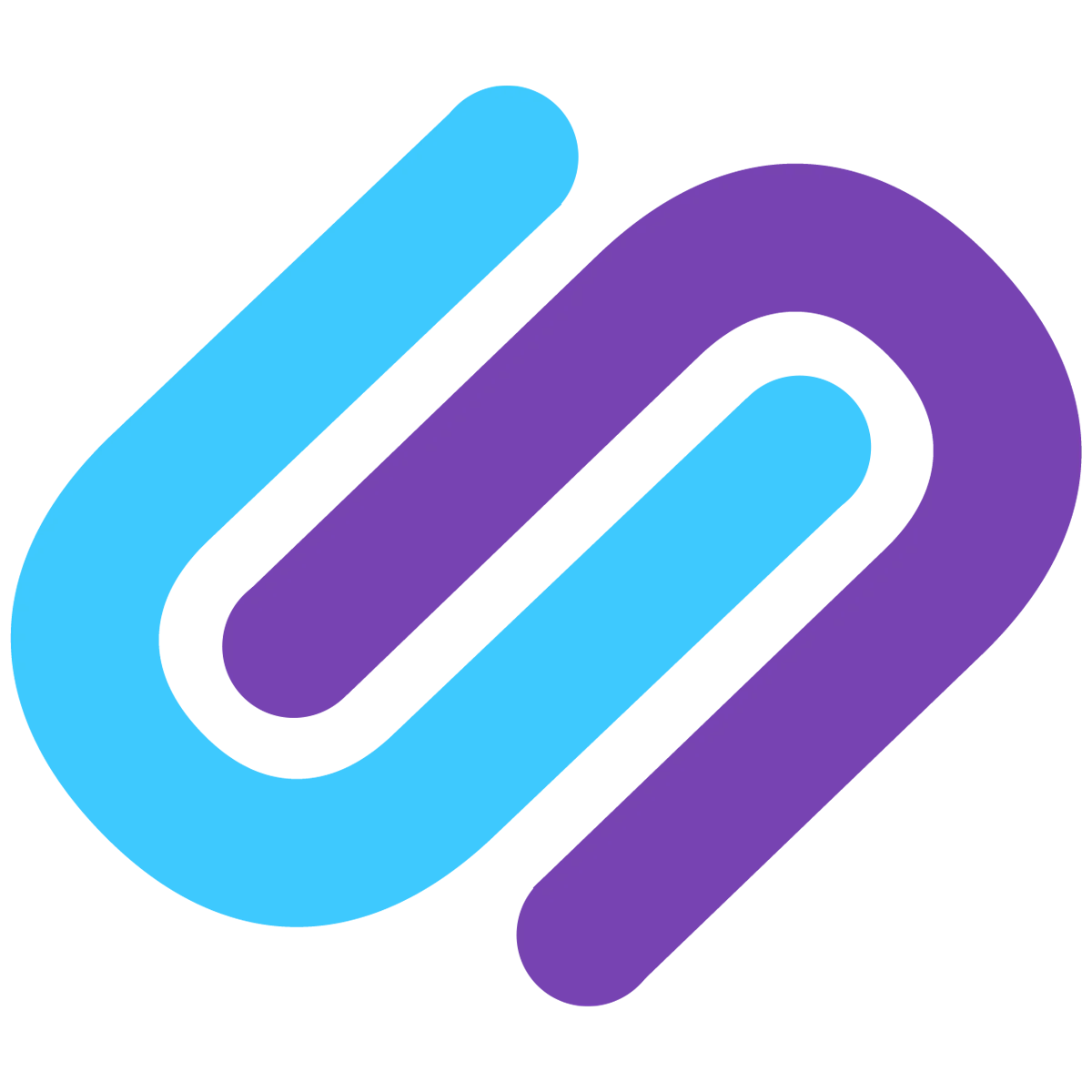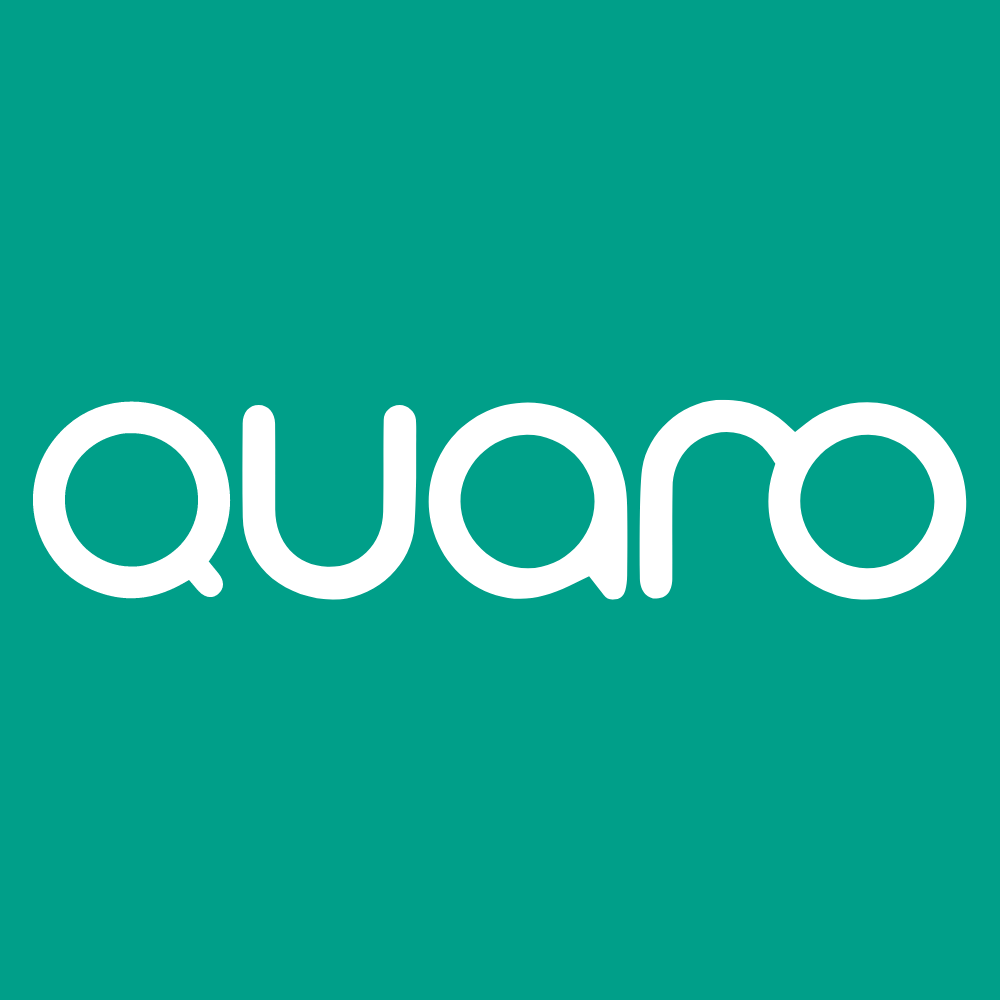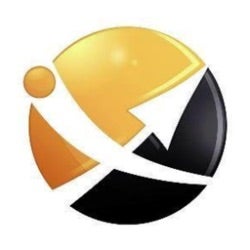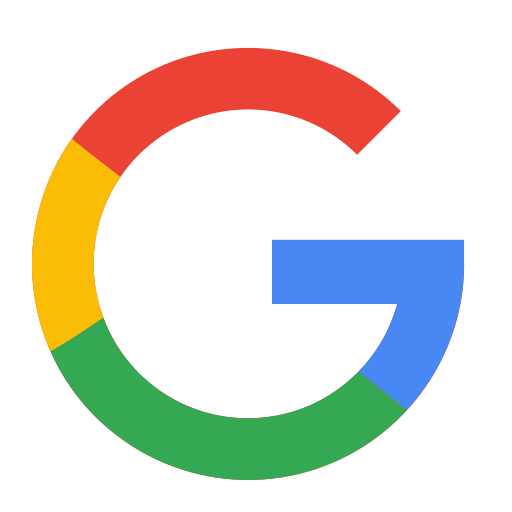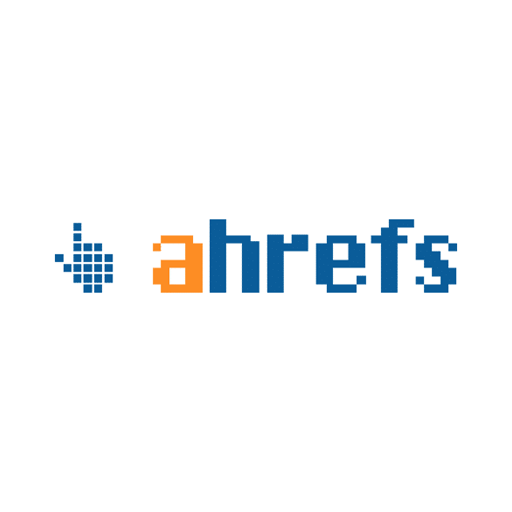Search engine optimization (SEO)
Search engine optimization, or SEO for short, is a method of improving the findability of websites in search engines. OMR shows you the most important basics, tools and further training on the subject.
Basics of SEO
“SEO” stands for ‘Search Engine Optimization’. The frequently used term “SEO optimization” is therefore actually redundant. The aim of SEO is to make relevant content appear in the top positions of search engines. Unlike search ads (SEA), however, no money is paid for this. The search engines rate the pages based on the relevance and quality of the content, their user-friendliness, authority and other factors.
Difference between SEO and SEA
While SEO aims for organic, unpaid visibility, SEA (Search Engine Advertising) involves placing ads in the search results. Together they form search engine marketing (SEM).
- SEO: Organic ranking through good content and technical optimization.
- SEA: Paid ads for quick visibility in the search results.
- SEM: Combination of SEO and SEA.
Where do users search?
62% of internet users use traditional search engines every day (source: State of Search, Claneo). As Google is by far the most important search engine in Germany with a market share of 95% according to Statista, the main focus in this country is on improving Google rankings. SEO also includes image search, local search results (local SEO), map displays, podcast searches and videos.
SEO beyond Google
Platform-specific search queries on YouTube, Facebook, TikTok and Instagram also fall within the scope of search engine optimization. According to Claneo, between 34 and 53 percent of internet users use these platforms on a daily basis. Depending on the country, the following search engines can also be relevant for websites
- Bing (3-4% share of the global market)
- Yandex (2-3 %)
- Yahoo (1-2 %)
- Baidu (0.6-0.8 %)
- DuckDuckGo (0.6-0.9%)
- Ecosia (< 0.5 %)
AI search engines such as Perplexity
Last but not least, adapting to AI-based search engines such as Perplexity or ChatGPT and AI-generated answers such as Google AI Overview is becoming increasingly important. This area is summarized in marketing under the term Answer Engine Optimization (AEO). The aim is to design content in such a way that it appears in the responses of AI systems, so-called chatbots.
Advantages of search engine optimization
Search engine optimization is suitable for almost all business models, especially for acquiring new customers.
- Cost-effective in the long term
- Sustainable
- Minimal wastage
- Easily calculable costs
- Suitable for almost all business models
SEO is a pull channel
A major advantage: scatter loss is low, as users search specifically for information. The content displayed therefore directly satisfies a need. This makes SEO a so-called “pull channel”. In contrast, there are “push channels” such as display advertising or meta ads. These channels are more about generating attention in a specific target group.
Long-term effect
Search engine optimization is cost-effective in the long term. Although it requires initial investment, the results of optimization last longer without incurring high costs on an ongoing basis. Unlike paid advertisements, which disappear as soon as the budget is used up, SEO has a lasting effect. This is why search engine optimization is one of the most long-term marketing channels.
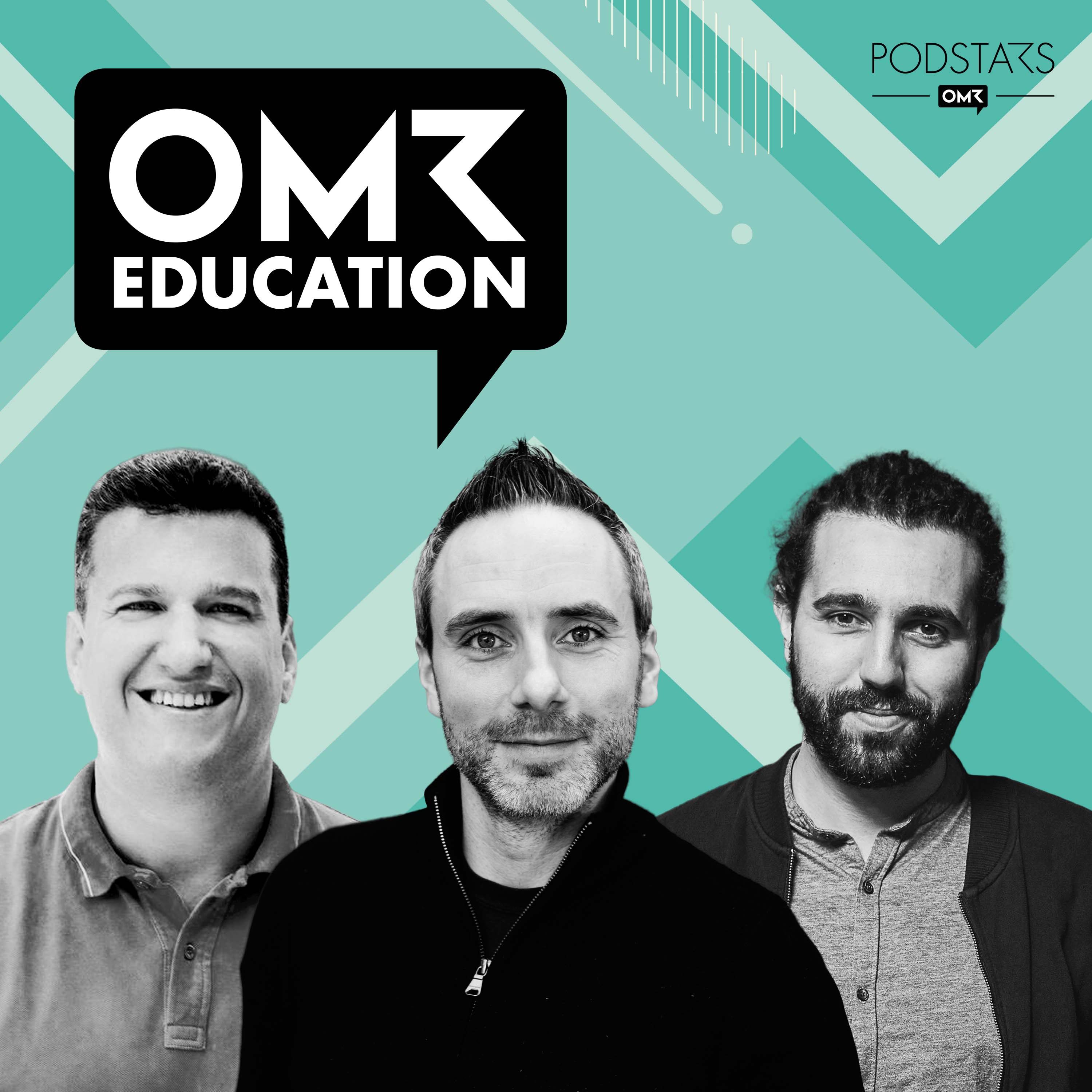
Challenges in SEO
The biggest “catch” in SEO lies in the dependence on search engines such as Google. The algorithm that determines rankings is not fully known and is constantly changing. It is therefore difficult to predict exactly how long it will take for measures to take effect or which changes will lead to a ranking boost.
- Unknown and changing algorithms
- Success not exclusively dependent on your own efforts
- High need for coordination between departments
- Regular adjustments required
Algorithm updates and AI
Search engine algorithm updates can cause an optimized page to suddenly lose traffic without the reasons being known. Changes in user behavior can also jeopardize an SEO strategy. The emergence of AI chatbots means that search queries that previously brought traffic to a website are now answered by artificial intelligence. Website operators must adapt to these changes.
How search engine optimization works
Search engine optimization is divided into two main areas:
- On-page SEO: measures that can be implemented directly on the website.
- Off-page optimization: Activities outside your own website, such as building backlinks.
On-page measures include the content of a page and its technical optimization. Usability (user experience) is also an important part of search engine optimization nowadays. Off-page optimization primarily includes the generation of backlinks that point to your own site and signal authority to the search engine. In addition, digital PR and brand mentions (without links) can improve search engine rankings.
1. Onpage-SEO
Search engine optimization is often started with on-page optimization. This includes both technical SEO and the content of the website. Here, for example, it is ensured that the website functions technically flawlessly and can be crawled and indexed by search engines. The most important factors include a fast loading time (especially on mobile devices), navigation and clean internal linking.
When it comes to the content itself, quality and user experience are particularly important. Well-optimized content helps search engines to understand the context of the pages and also increases the dwell time, which is an important ranking signal for search engines.
Here are a few tools for your on-page SEO:
2. Technical search engine optimization
Technical SEO optimization ensures that search engines can understand and evaluate a website and that users have a good experience. Important aspects are:
- Crawling and indexing
- Internal links
- Loading speed of the page
Crawling and indexing
Crawling is the process by which search engines search the content of your site. Indexing means that these pages are included in the search index and can therefore be evaluated at all. For a good ranking, pages must be both crawled and indexed.
Internal linking and page architecture
Logical internal linking helps the crawler to find important pages and better assess their relevance. It also makes it easier for users to navigate the website. This goes hand in hand with a clean page structure: How often do users have to click to access certain pages (click depth)? How is the URL structured?
Page loading speed
Fast loading times are important for search engine optimization and the user experience. Google takes the loading speed into account in the so-called Core Web Vitals. The three key figures of the Core Web Vitals stand for the loading speed, interactivity and visual stability of a website. A fast and cleanly structured page is crawled more often and ranked higher.
3. Offpage-SEO
After the on-page SEO work, the off-page optimization of a website begins, with a particular focus on backlinks. These links from other websites show search engines their relevance and increase the authority of the pages. However, it is not the quantity but the quality of the links that is decisive.
The generation of backlinks can be controlled. On the one hand, good content usually automatically generates recommendations on the web. However, you can also actively encourage relevant websites to link to your content through strategic link building. It is important to build relationships with the right domains in order to strengthen your backlink profile. The better the linking site matches the content of the link, the higher the quality of the link.
Improve SEO-rankings
There are some useful measures you can take to improve your SEO rankings. First of all, you should know which factors can influence your ranks.
Ranking factors
Nowadays, SEO is much more complex than just inserting keywords into texts. Search engines such as Google take around 200 ranking factors into account. It is important to know that the exact number and weighting of these factors are not publicly known. Google keeps the details of its algorithm secret to prevent manipulation. SEO experts therefore focus on a few core factors:
- Quality and relevance of the content
- Backlinks from high-quality and topic-relevant pages
- Technical SEO aspects such as loading times
- User experience and usability
- Mobile friendliness
Typical tasks in search engine optimization
Some typical tasks in search engine optimization can be identified from the ranking factors. The central elements are strategy creation, content, technology, off-page measures and consideration of the usability of a page and reporting.
Keyword research: Identification of relevant search terms
On-page optimization: improving meta tags, headings, URLs and content
Technical SEO: Optimization of website performance (e.g. loading time, mobile-friendliness)
Content creation: creation of high-quality, search engine-friendly content
Backlink building: Building high-quality external links
Monitoring & reporting: analysis of SEO key figures and performance measurement
Competitive analysis: comparison with competitors and their strategies
Local SEO: optimization for local search queries and directories
Image and video SEO: Optimization of multimedia assets on the site
SEO strategy development: Long-term planning of measures
Troubleshooting: Fixing crawling or indexing problems
Keyword research: the basis of SEO
Suitable content can only be created if you know what your target group is looking for. That's why “the right keyword” is at the beginning of an SEO strategy. Keyword research is not that simple. It's about identifying the search terms that your target group uses. The more specific a term (long-tail keywords), the less competition there is - but this usually also reduces the search volume. In contrast, the search volume is high for short-head keywords. However, they are also highly competitive and many websites want to rank for these terms. Common SEO tools help with keyword research and also show the corresponding need behind the search query.
User intent
The so-called “user intent” is also important. This describes the motivation behind a search query. For example, users can search for information (informational search), products (transactional search) or specific pages/destinations (navigational search). Depending on their needs, they expect a different result.
Criteria for good SEO content
In addition to relevance, certain quality criteria apply to SEO content. The so-called E-E-A-T criteria have become established in the industry: Experience, expertise, authority and trustworthiness.
Although these criteria are not direct ranking factors, they play an important role in assessing the quality of content. It can therefore be assumed that search engines rank pages higher that take these factors into account:
- Experience: Do the authors* have practical experience with the topic?
- Expertise: Are the authors demonstrably well versed in the subject area?
- Authoritativeness: Is the source recognized in their field or industry?
- Trustworthiness: Can the information be trusted or is it credible?
Meta information and SEO headings
Even though Google now understands content better, meta information such as title and description as well as headings (H1, H2, ...) are still crucial for search engine optimization. One reason for this is that the search snippet in the search results (SERPs) influences the click-through rate (CTR). The better the snippet matches the search intent, the more likely users are to click on the page. A high CTR, in turn, is a positive ranking signal for Google.
Tips for SEO metadata:
- Every URL should have a title and a description.
- Titles and descriptions should be unique and not repeated.
- The length of the title and description should not exceed a certain number of characters or pixels.
- Both should contain the keyword for which the page should rank.
Image and video optimization
Images and videos not only serve to enhance your text. You can also rank with them. Images are often displayed in simple Google searches. Pay attention to stored alt attributes and title tags that describe the image. The file names should also be “descriptive”. You can also use tools to compress the images so that they load faster. With videos, the main aim is to be visible on platforms such as YouTube. Appealing headlines and thumbnails are particularly important here.
Local SEO
Local SEO includes search engine optimization in relation to a regional location. It is relevant for restaurants, stores or local service providers, for example. The aim is to achieve better rankings in the local search results of a search engine, especially on Google Maps for Google MyBusiness entries. In addition to the SEO tips mentioned, a listing as a Google Business Profile is therefore particularly relevant here.
KPIs in search engine optimization
The success of SEO can be measured using various key performance indicators (KPIs), which can be divided into three categories:
Performance KPIs
Performance KPIs show how well your site is doing in the rankings and how much this is helping you. These are the “hard” SEO metrics that are relevant in any case.
- Organic rankings
- Average ranking position per keyword
- Impressions and clicks
- CTR (click through rate)
- Conversion rate (if conversion target is defined)
- Turnover
SEO visibility index
You can also use the visibility index to monitor the performance of your website. As the name suggests, it describes the visibility of a website in the (Google) ranking - you could also describe it as the “market share” of a website on Google. The visibility index increases if your website ranks in the top positions for many search-intensive keywords.
Onpage KPIs
Onpage KPIs are often very individual. These include
- Controlling the number and scope of technical SEO tasks
- Number of indexed pages
- Number of crawled pages
- Number of technical errors
- Page speed (Core Web Vitals)
Offpage KPIs
Off-page optimization mainly comprises two areas: Link marketing and digital PR. Both aspects play an important role in the visibility and reputation of the page. It therefore makes sense to look at key figures relating to your backlinks, brand mentions and the reach of your PR measures when it comes to off-page KPIs.
- Monitoring important links
- Growth and quality of new links
- Backlink quality
- Brand mentions
- Social shares
- Referral traffic
SEO tools
SEO tools can help with both the optimization and monitoring of SEO success. Such tools offer insights and analyses into search engine optimization, for example by showing the development of a website's visibility over time, competition data, relevant search terms, trend data, backlinks and technical optimization potential.
There are both specialized tools for individual SEO tasks (SEO-Content, Keywords, Analyse and Onpage) as well as comprehensive all-in-one solutions that cover almost all SEO functions and often also integrate features for other areas (such as SEA).



In a nutshell
No time to read? Here are the most important questions at the end:
1. what is SEO and what is the goal?
- Definition: SEO stands for “Search Engine Optimization”.
- Objective: To place relevant content in the top positions in search engines - without payment (organic rankings).
2. what is the difference between SEO and SEA?
- SEO: Organic ranking through good content and technical optimization (long-term, cost-effective).
- SEA: Paid ads for quick visibility in search results.
- SEM: Combination of SEO and SEA.
3. what are the typical tasks in SEO?
- Keyword research, content creation, technical optimization, backlink building, monitoring & reporting, local SEO strategies.
4. what are the benefits and challenges of SEO?
- Advantages: Cost effective in the long term, sustainable, low wastage, suitable for many business models.
- Challenges: Dependence on search engine algorithms, regular adjustments required, uncertainties due to algorithm updates.
5. which areas does SEO cover?
- On-page SEO:
- Measures taken directly on the website (e.g. content optimization, technical SEO, loading times, internal linking, keyword research).
- Goal: Improvement of the user experience and easier crawling/indexing by search engines.
- Off-page SEO:
- Activities outside the website (e.g. backlink building, digital PR, brand mentions).
- Goal: Building authority and relevance through external references (backlinks).
6. where can SEO tools help?
- SEO insights and analyses.
- Developing the visibility of a website.
- Competitor data and relevant search terms.
- Identification of technical optimization potential.
- Monitoring of backlinks, brand mentions and social shares.




